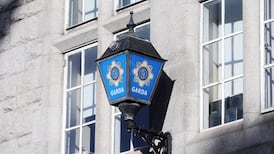Nearly one-third of the rivers and ground water sources in Ireland are polluted by human, animal, farming and industrial waste, results of a nationwide survey reveal .
The report, to be published by the Environmental Protection Agency (EPA), has also shown a significant deterioration in the quality of coastal and estuary water, despite the investment of tens of millions of euro in new water treatment plants around the country.
The Water Indicator report, shows that the contamination of ground water with animal and human waste is a persistent problem, with one-third of all groundwater showing signs of pollution from faecal bacteria, called coliforms.
Some of the worst areas of groundwater contamination were in the Connacht region around Galway. In many cases the ground water in the region drains into Lough Corrib, the source of Galway city's ongoing water crisis. The latest EPA report is based on samples taken throughout the country during 2006.
More worryingly the report has highlighted that previous trends of recent years showing a reduction of such contamination was reversed last year, with a significant rise in concentrations of pollution in many samples.
According to the report there has been a slight fall in pollution levels in some rivers, but 30 per cent continue to be classed as polluted.
It emphasises that over the last 20 years, five of the 11 main river systems in the country have shown increased signs of pollution from phosphates. Nine of these rivers show increased levels of pollution from nitrates. Both occur mainly as a result of fertilisers and untreated animal and human waste, and are seen as the principal causes of water pollution in Ireland.







